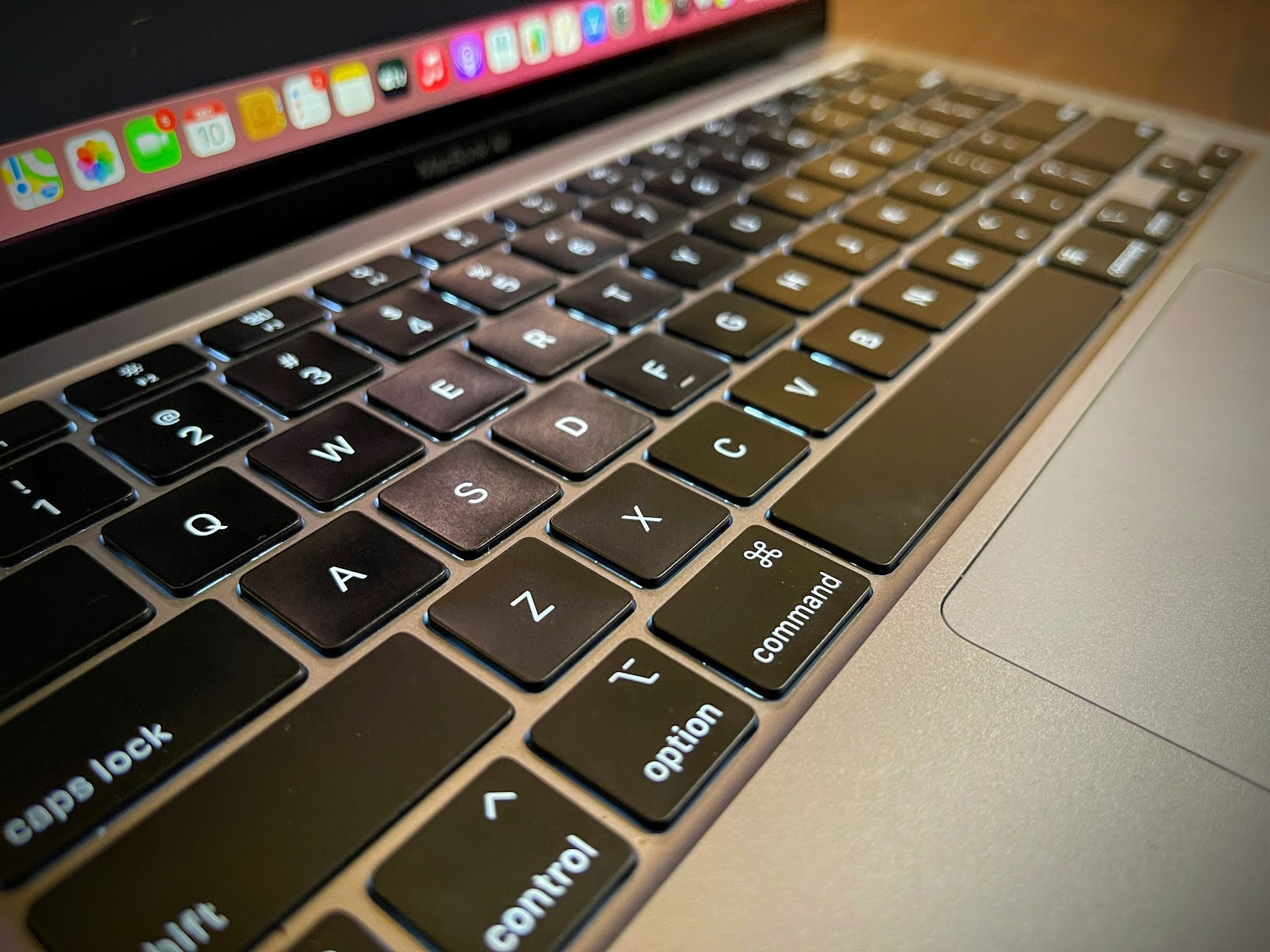

Plus, the Windows 10 version you will be running on your M1 Mac will be the ‘ARM’ flavor, which means you are going to face some app compatibility issues. This should lead to a slight performance penalty, but it is unlikely to matter to most people. Instead, you will be running it virtually. And we are going to do use just that to install Windows 10 on your M1 Mac using Parallels Desktop.Īdmittedly, you will not be running Windows 10 natively on your M1 Mac.

Thankfully, there’s virtualization support on the new Apple Silicon chips. Previously, the common x86 architecture meant that it was easy to run Windows 10 on an Intel-based Mac, but that’s not the case anymore.

Thankfully, there’s a way via which you can install Windows 10 on your M1 MacBook Air, MacBook Pro, Mac mini, or the iMac.Īpple’s M1 chip is very different from the traditional x86 architecture-based CPUs that modern PCs, laptops, and even Intel-based Macs use. However, one of the downsides of using an M1 Mac is that they do not support Bootcamp, meaning you cannot install and dual-boot Windows on it. The performance of M1 Macs will keep on improving as more and more apps are optimized for Apple Silicon. Apple’s M1-based Macs are really, really fast.


 0 kommentar(er)
0 kommentar(er)
